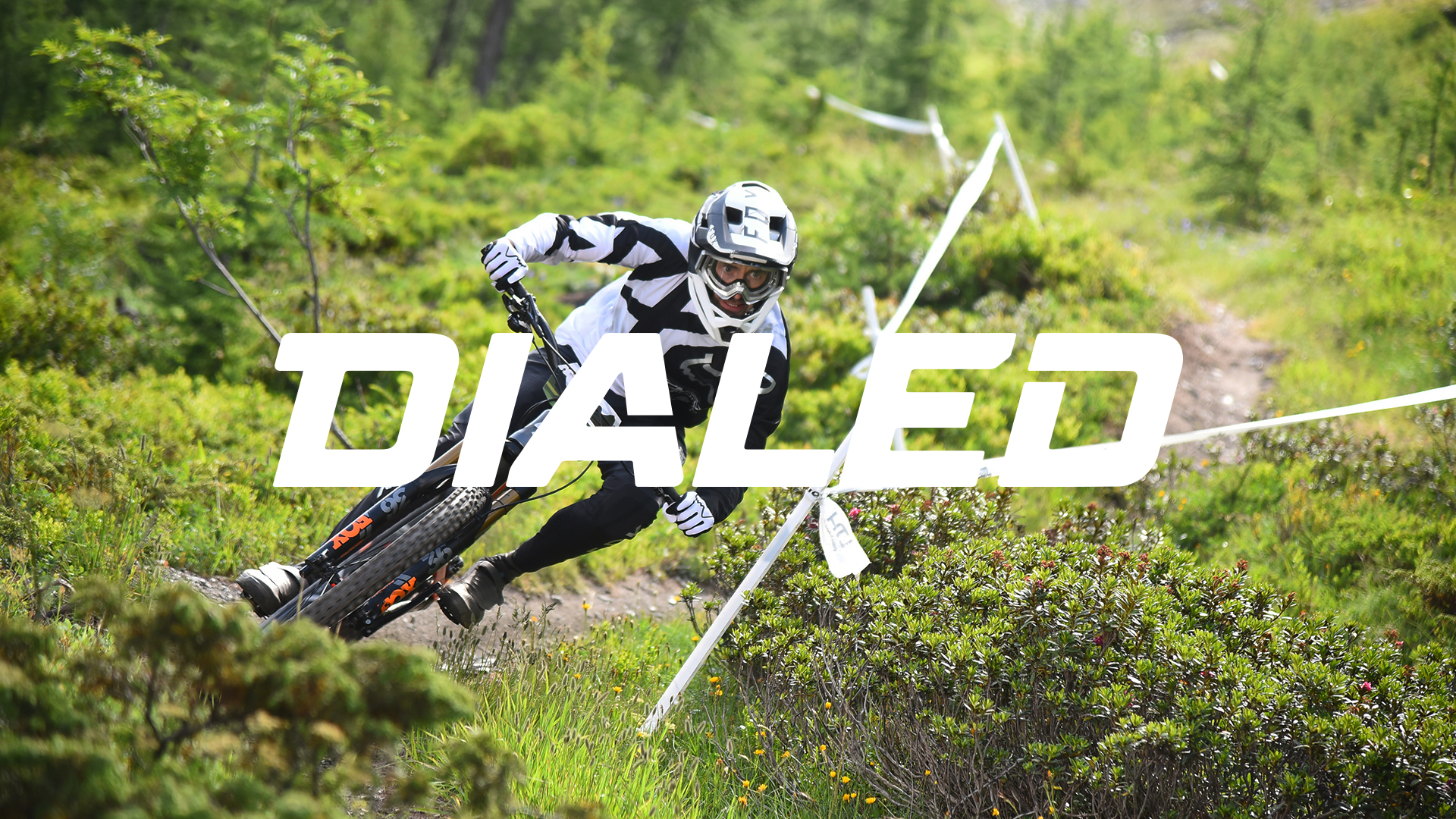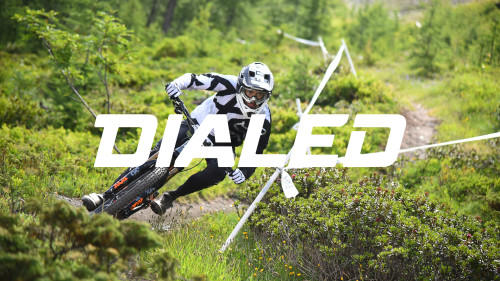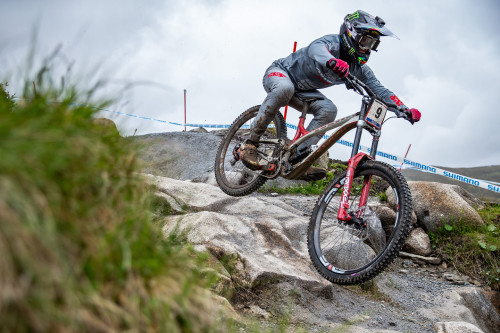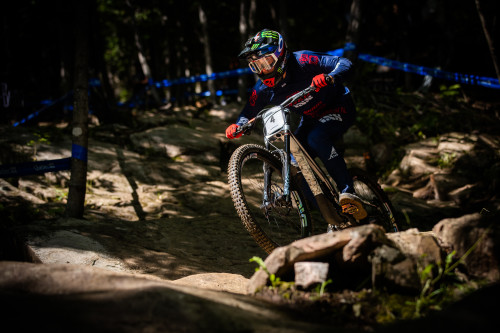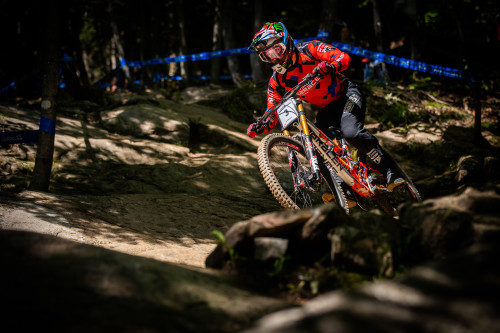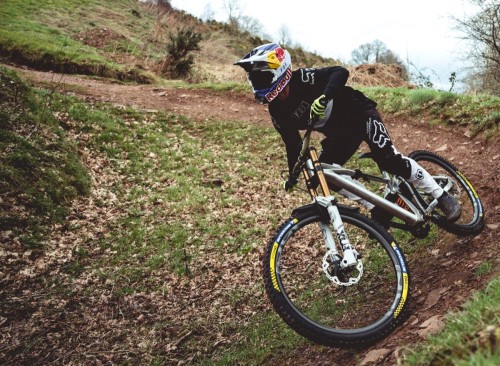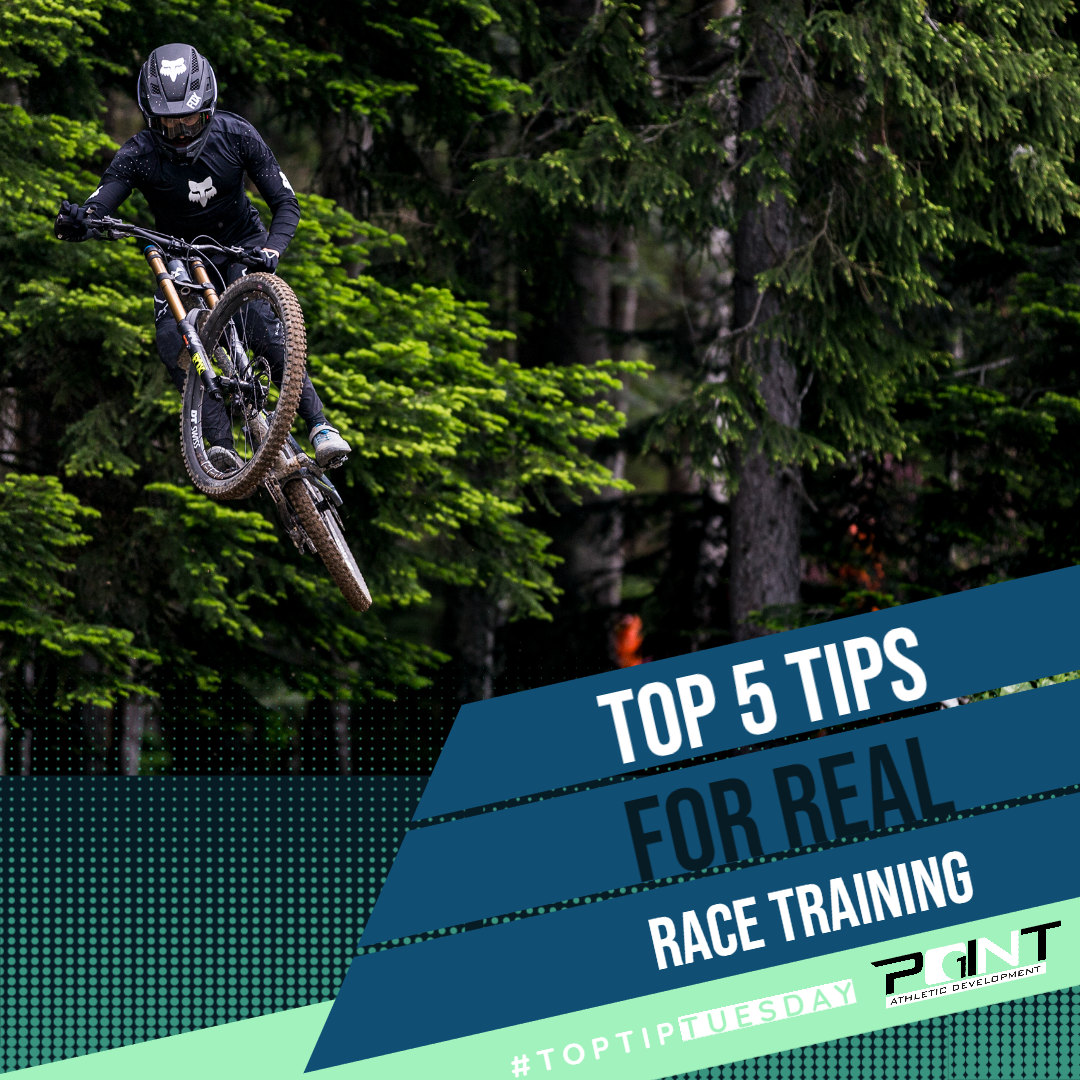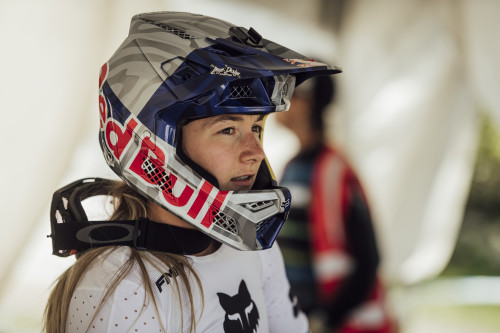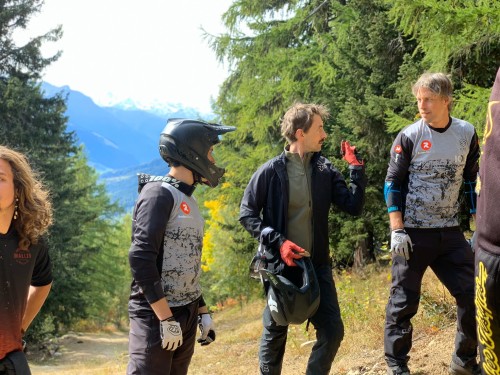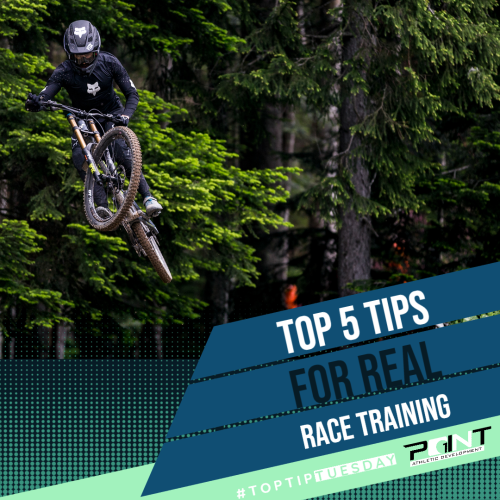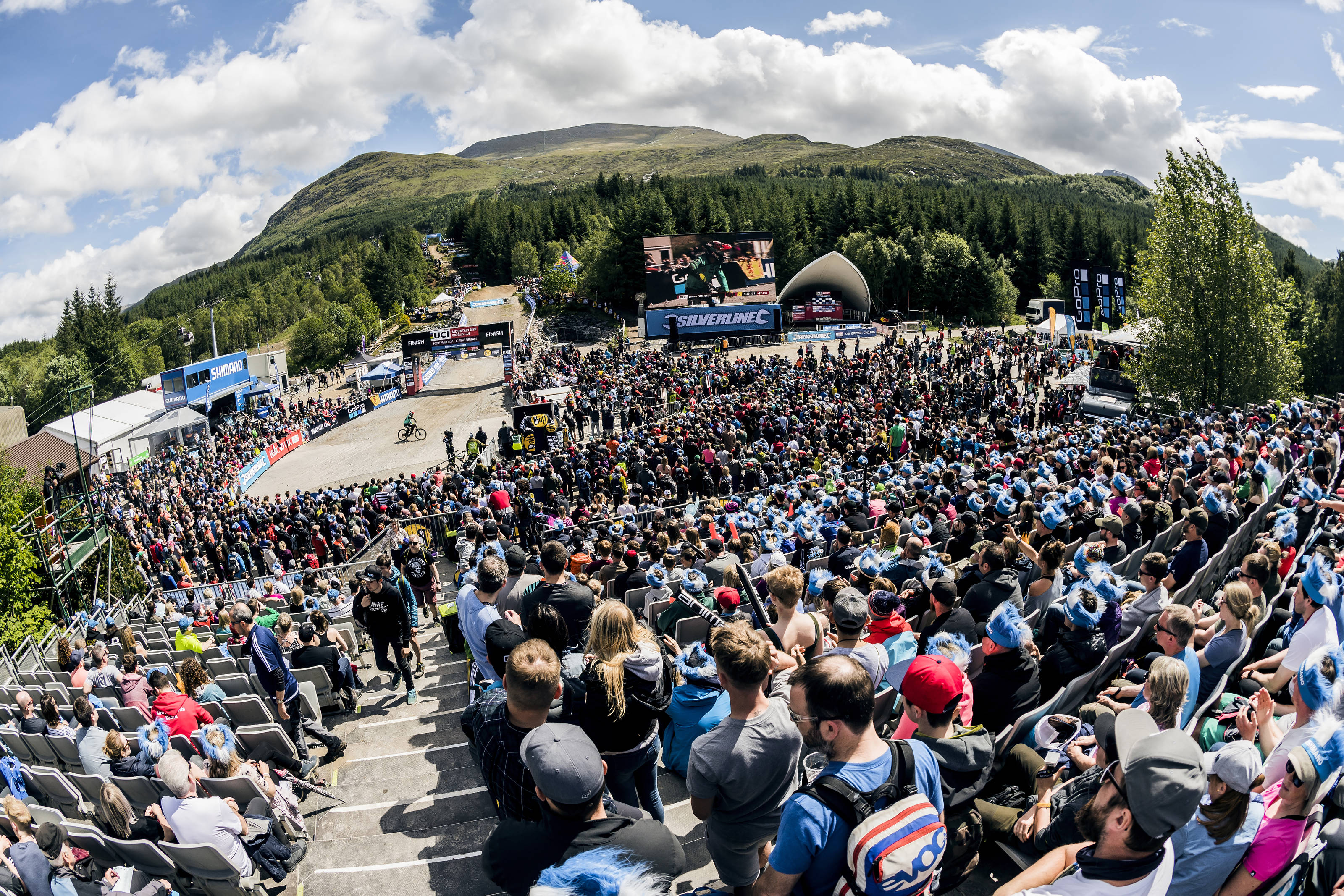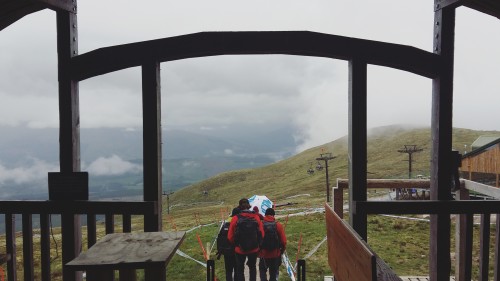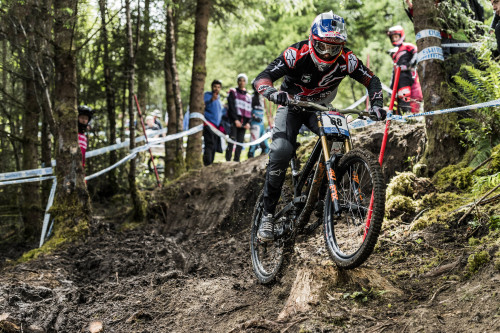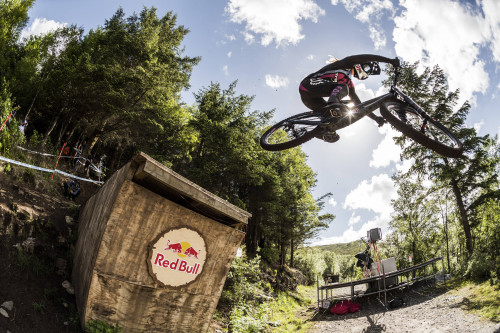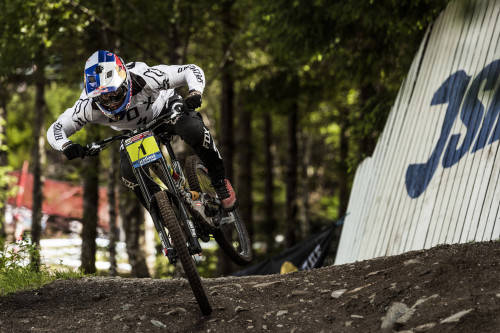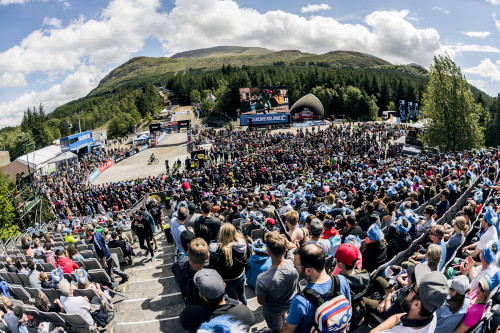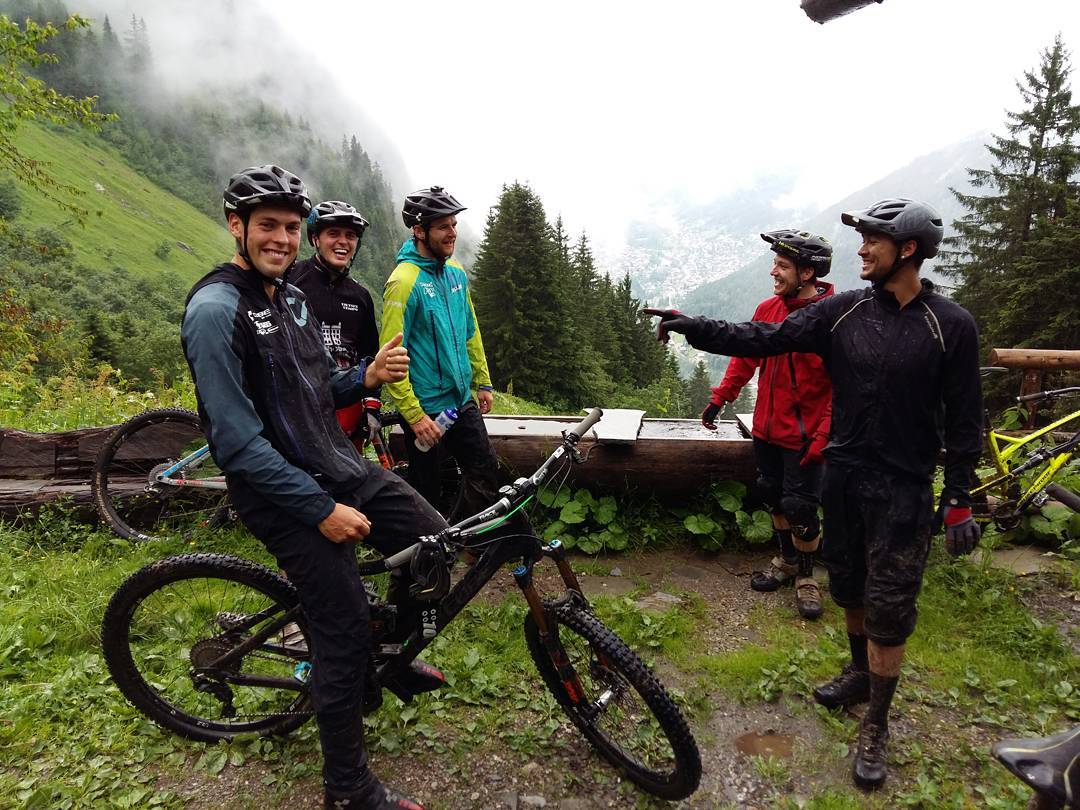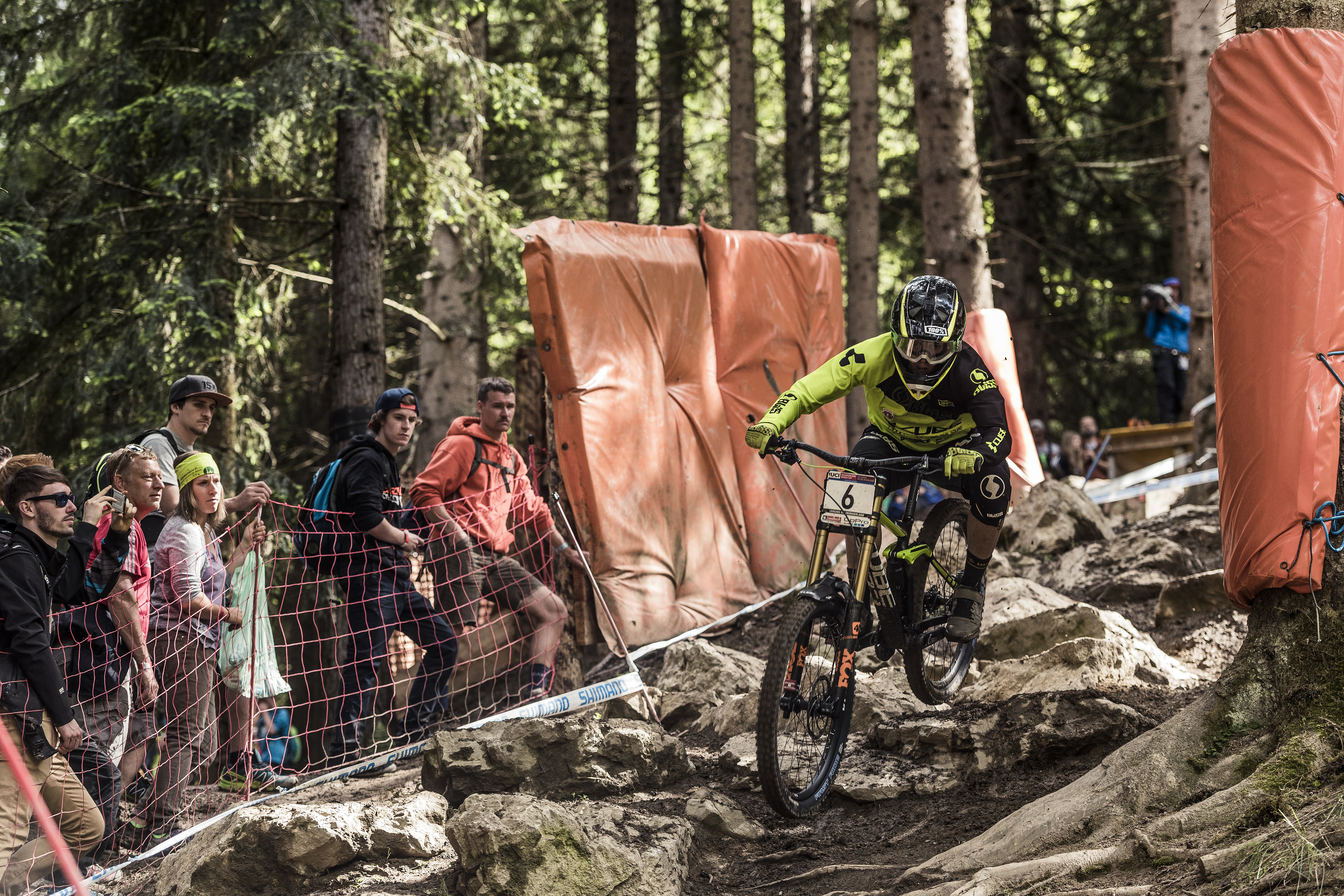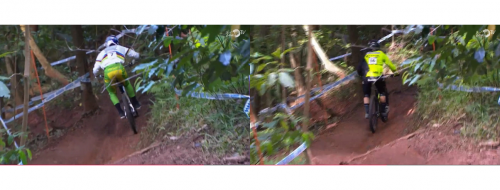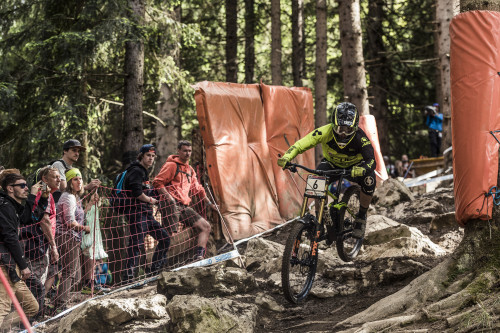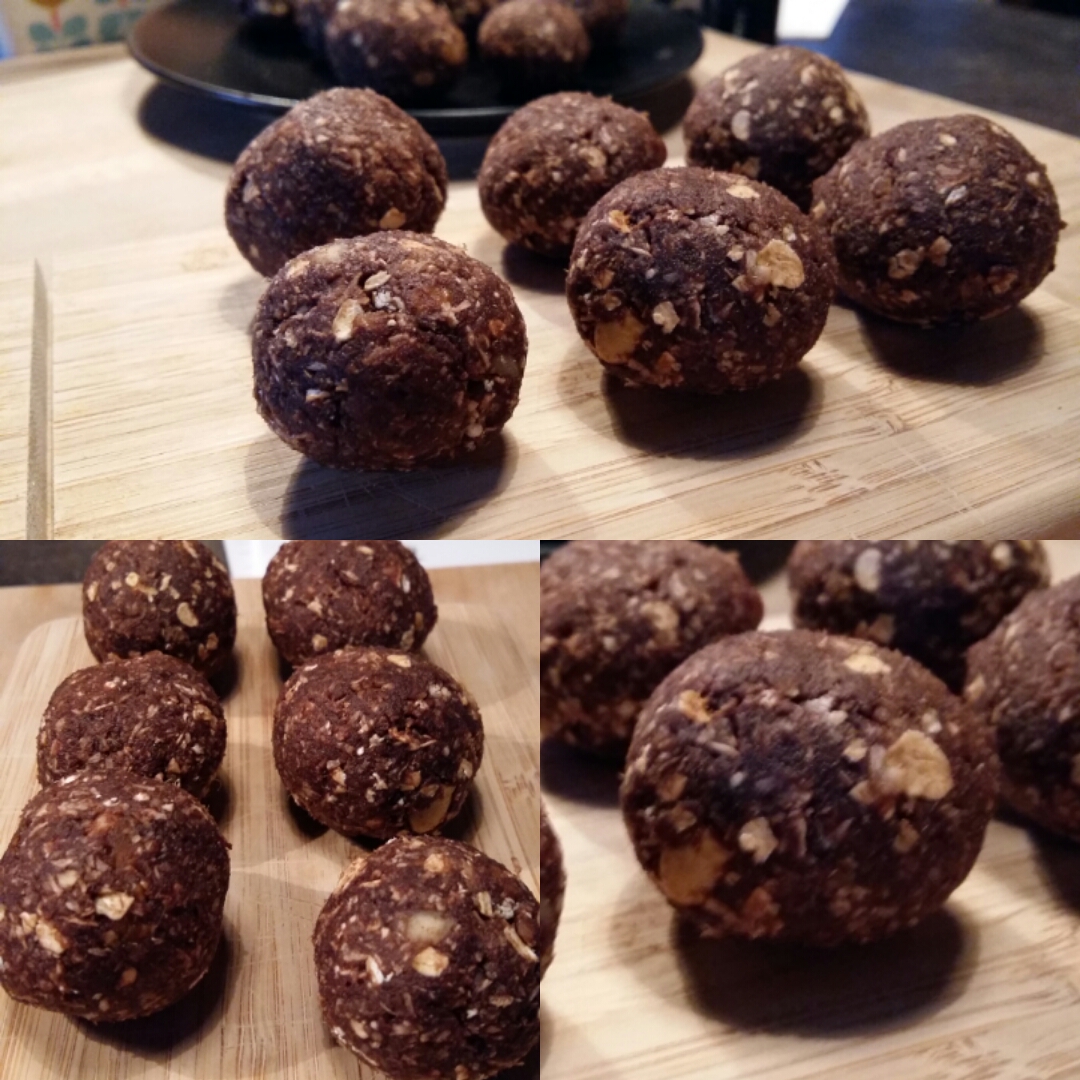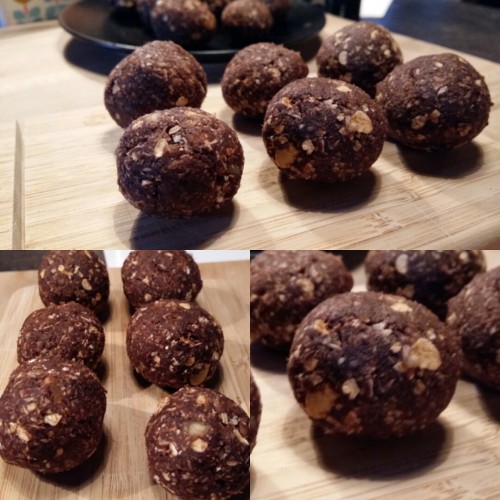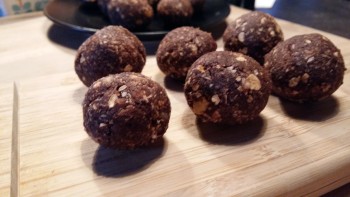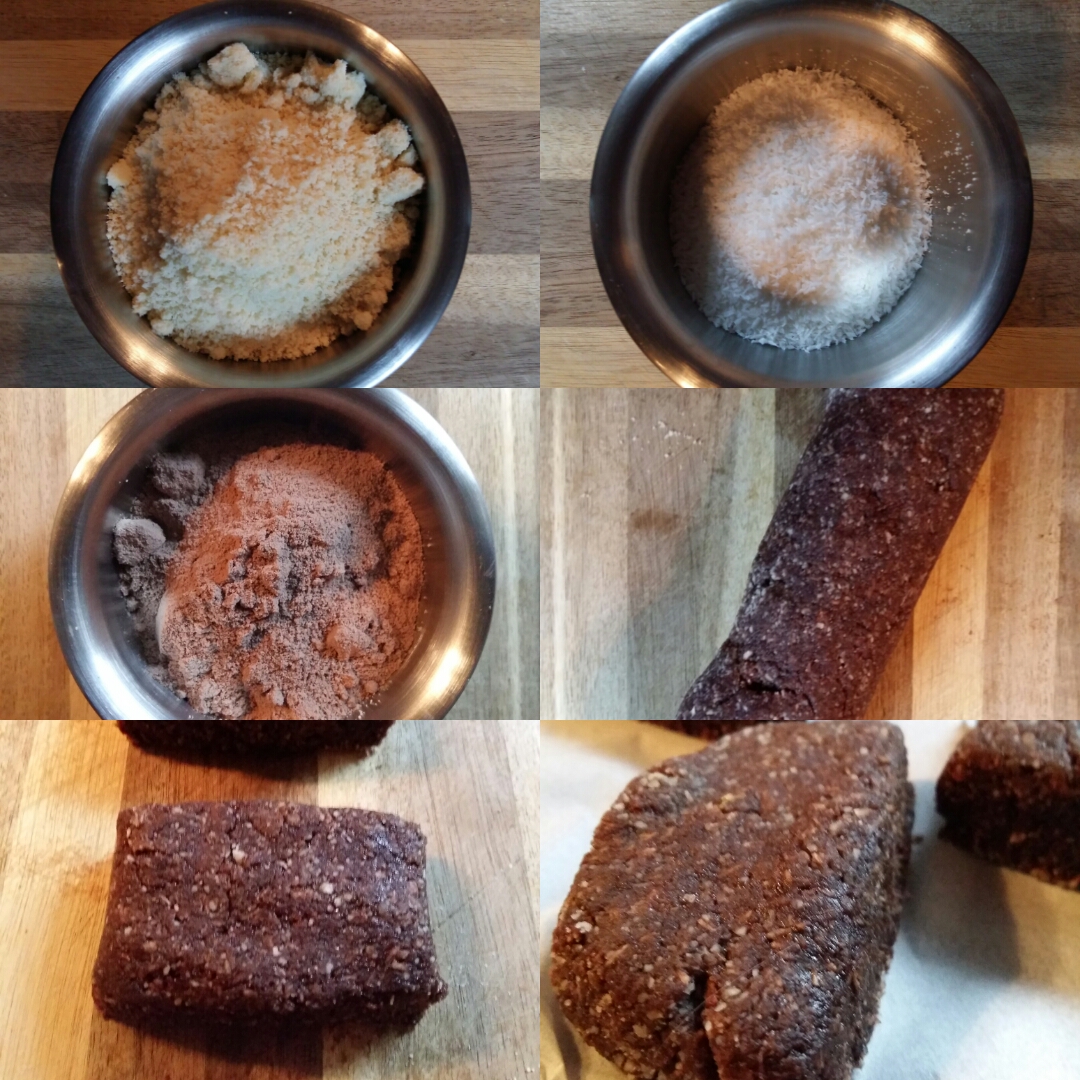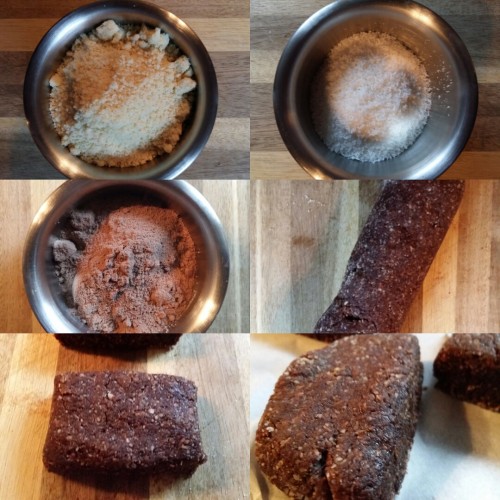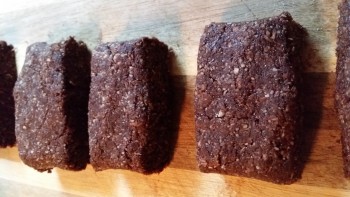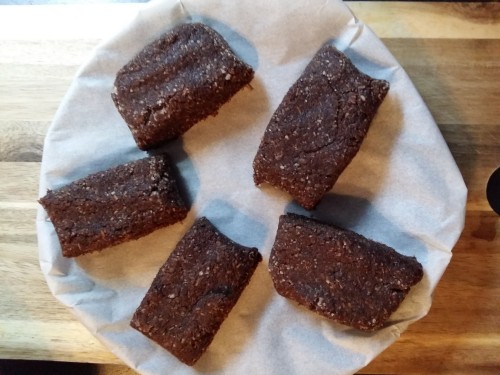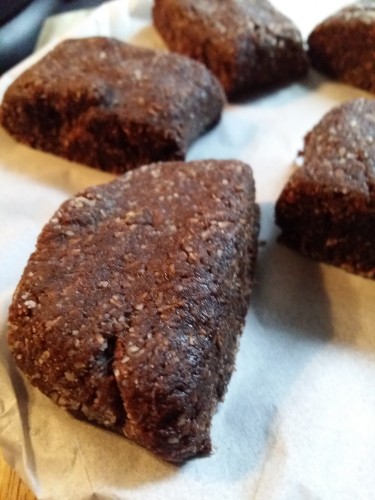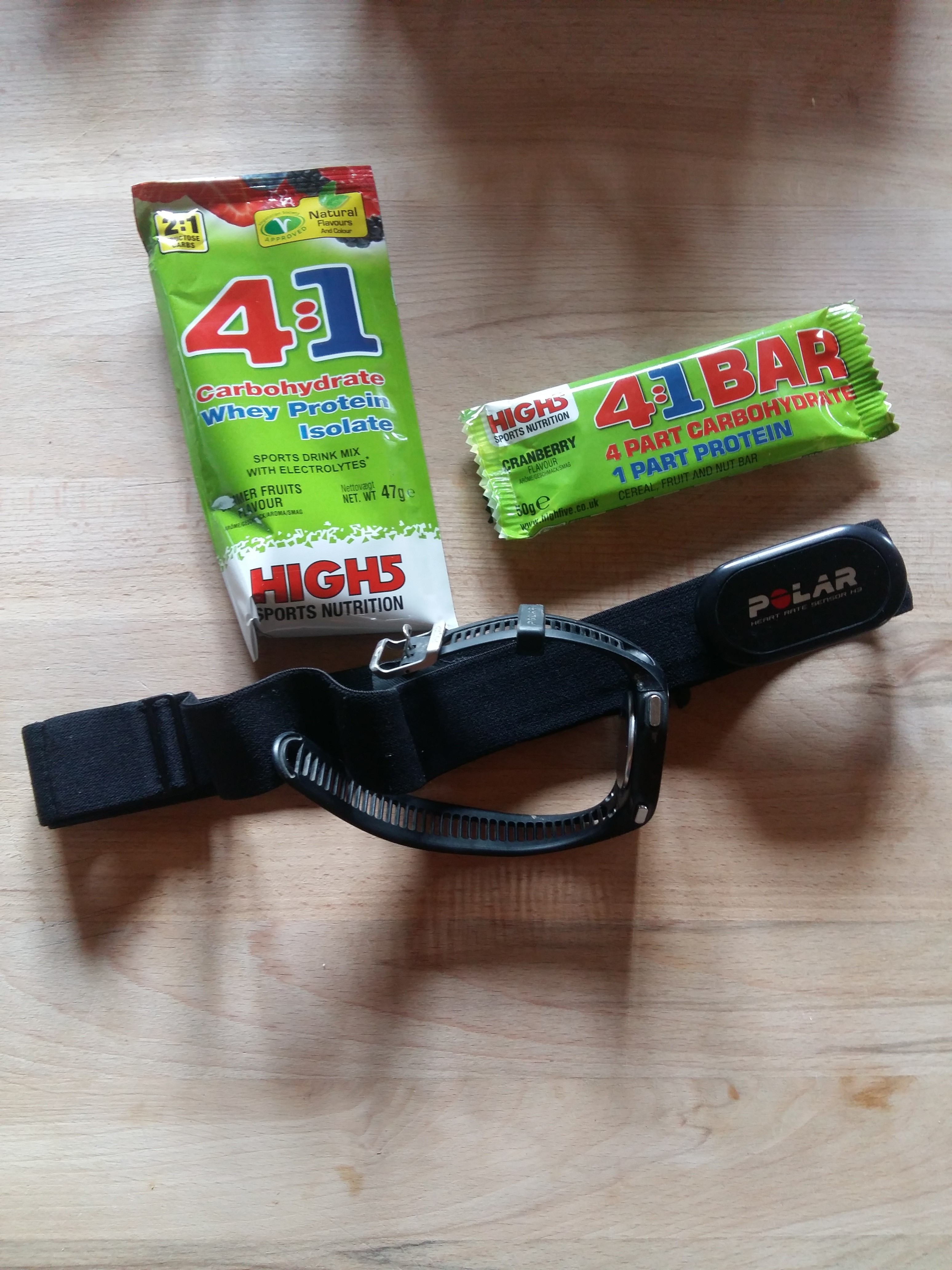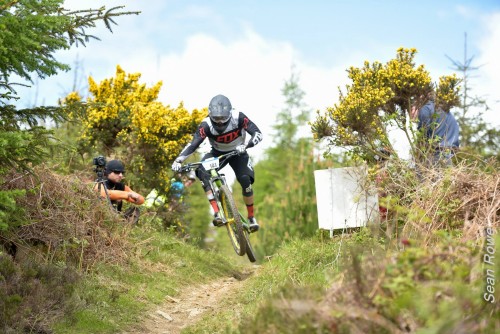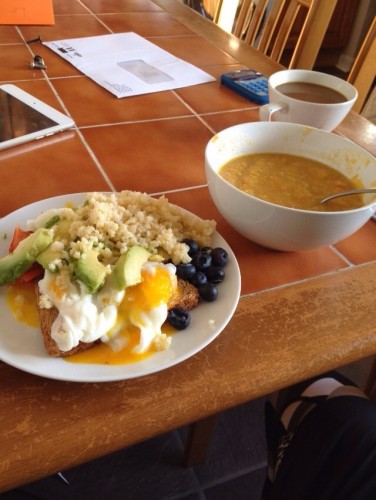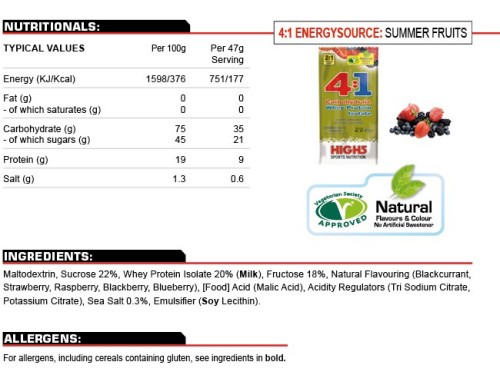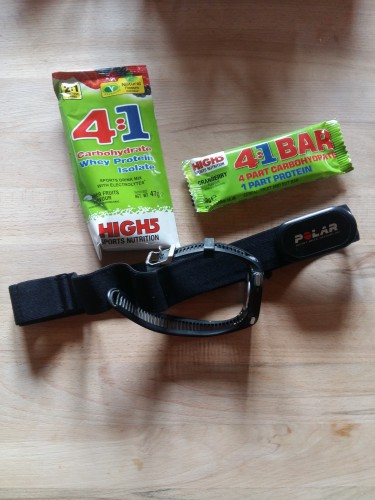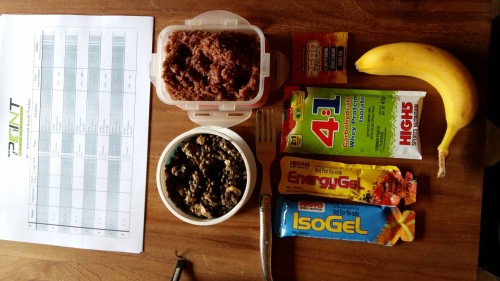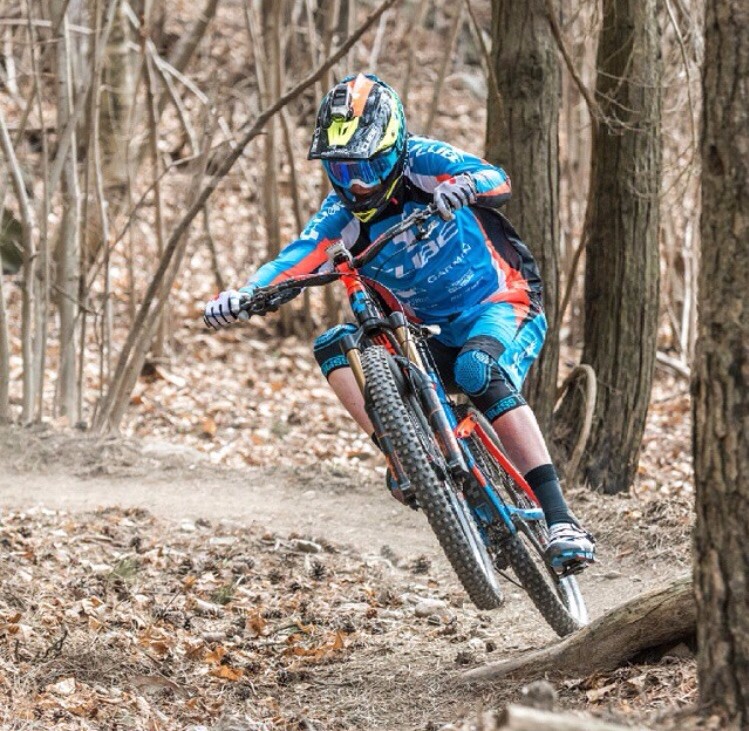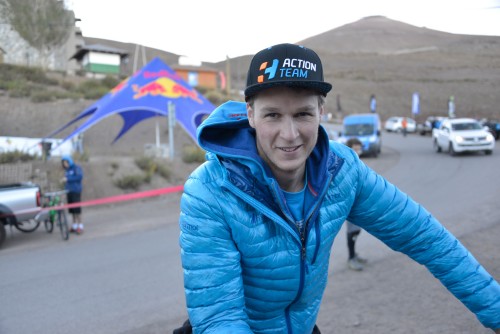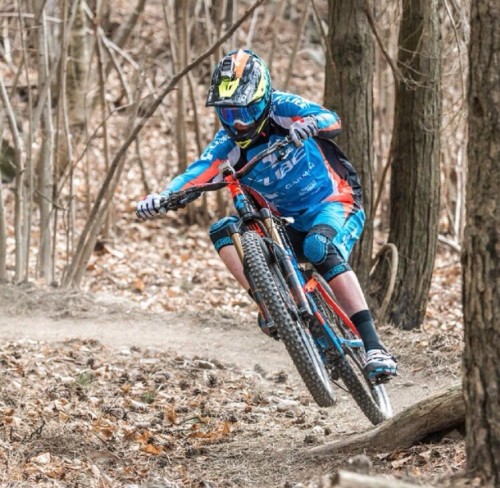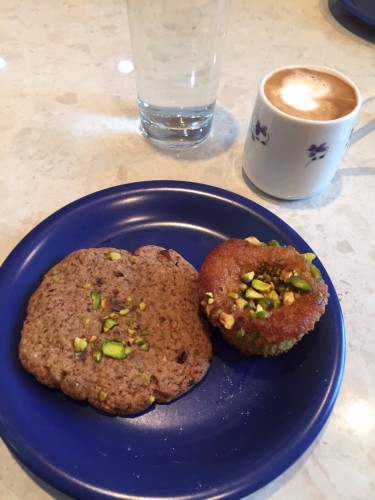Concise is the name of the game here – so read on! It won’t take long.
The Instagram post HERE / Below – has set the tone.
Central fatigue is the big bad bad beast, in the short term its’ easy to over come; like taking 5 minutes between heavy squats, it dissipates and you can lift maximally again. But over repeated bouts of heavy squats or even just a long, long bike ride the central (CNS) fatigue that reduces the drive from brain to spinal cord to muscles is a big performance killer. So think back to back EWS races. It could be a big issue! Because it affects motivation as much as it affects fine motor skills like delicate cornering or perfectly timed manuals. Harder to measure, but reduced drive for explosive movements and far higher perceived exertion will do the trick.
Peripheral fatigue is what is happening in the muscle – this can be felt, legs getting heavy, sore after strength training etc… this is where architecture, energy pathways and the cardiovascular system collide and of course MTB in any discipline has the ability to create fatigue here! Measured with internal load – like same power output = higher heart-rate!
So with MTB we have both, in spades. Race an EWS or World Cup DH and both will hit you harder than you think. Now the affect physiological load or biomechanical load has on the source of fatigue would start to make our discussion complex as all hell. so let’s move on.
Environmental aspects like heat, altitude and rain cannot be forgotten about and neither can emotional load/fatigue like meeting sponsor demands or kissing babies!
So we have the descending loads – bike and body accelerating due to gravity, hitting holes and turns and rocks and roots. It means deforming, crumbling but you can’t because to execute technique you have to maintain posture. which requires muscle forces are generated both eccentrically and concentrically – these forces are created around all joints, in perfect unison of force, time and speed! Angular velocity is the name of the game and of course all of this is extremely fatiguing – both centrally and peripherally. If this is DH then you have to do it repeatable – up to 5,000m descending over 2 days at near max effort to learn a track well enough to win.
For EWS you have elements of the above but also the endless hours outside dealing with the environmental stress and the load of just pedaling that bike from A to B! Add in emotional, organisational and external stressors to this and it’s a big challenge for either discipline! Hence why we see some empty minds and bodies at the end of race days.
Long story short – racing MTB means fatigue off all types in varying degrees! Know your poison to make your cure!
The true antidote to fatigue is capacity; maybe better termed specific capacity. But even that is not a silver bullet as no matter how well prepared you are you will get fatigued! The “solution”, at least as I’ve chipped away at it is categorized below. Along with other systems like a movement, technique or needs analysis this goes to form the overall “training process/planning or paradigm” we use.
Capacity
The bigger the tank the longer it takes to empty! The stronger you are means you produce more force, the more force you produce the less you need to produce in relation to your top limits to achieve the same task goal – hence better ACCURACY (key) and less fatigue both centrally and peripherally. That’s one example but it is a very simple concept that can be expanded across physical qualities and is essential the underpinning justification for psychical prep or strength and conditioning. For example, better ability to use your aerobic energy pathways, less fatigue incurred for climbing said hill at said pace!
Specificity
Where rubber meets the road! Here’s where things can get messy and internet gurus, CrossFit loonies and “sport-specific” charlatans swimming in a sea of BOSU balls will try to sink your ship! Your sport or others very close to it (pump-track) are the only true sport specific prep you can do! As such doing your sport in training to EXCEED the demands that will be placed upon you in competition is critical to battling fatigue and arriving at race day and race runs ready to win. I won’t dig deeper because at this point in time I think we have some Point1 gems in the works here to make good inroads in prep compared to out competition! Although there is nothing new under the sun.
Load Management
No brainer – both acute and chronic! this is a case of sharpen versus saw, general versus specific and of course understanding the individual time curves of both adaptation and recovery of individual athletes. Generic planning does not cut it here . If you wish to be on form for race week – to maximise practice and arrive at race day alive and ready to kill then you will need to have developed sufficient capacity of physical qualities and specificity of training BUT not be carrying excessive residual or chronic fatigue from doing so. You cannot display what you don’t have, but if you have something and it’s buried under injured or tiredness you won’t be able to whip it out in time,
Manage Nutrition
A big fish to fry, therefore lets keep it specific to racing. The foundations of good nutrient start long before and far away from race day – so you amplify the good come racing and dampen the bad. Adequate carbohydrate during and after peripherally fatiguing exercise like an EWS practice day could be a game changer for some or bread and butter for others. Dealing with reduced drive from increased central fatigue with a tasty double espresso, eating local, colorful and seasonal all week long to cover macro needs and supplementing when necessary! Do the job right but don’t over-complicate
Manage Planning
Last but maybe most important. The forgotten bastard child of bike racing!? All of a sudden this isin’t shredding with “mates”! Now you’ve got limited time to get a maximum amount of work done? Cram 7 runs into 4 hours? Queue outside under the blistering sun, limit recovery between full runs on a 4 minute DH track? Sounds great, not! sounds like you don’t have clue what you are doing.
Planning practice, recovery, strategy and tactics. Knowing how practice equates to building a race run or stage win = minimal energy expended for maximum effect and as such less fatigue incurred! Leaving all that capacity and specific prep you did in very perfect working order to go and EXECUTE come race day.

